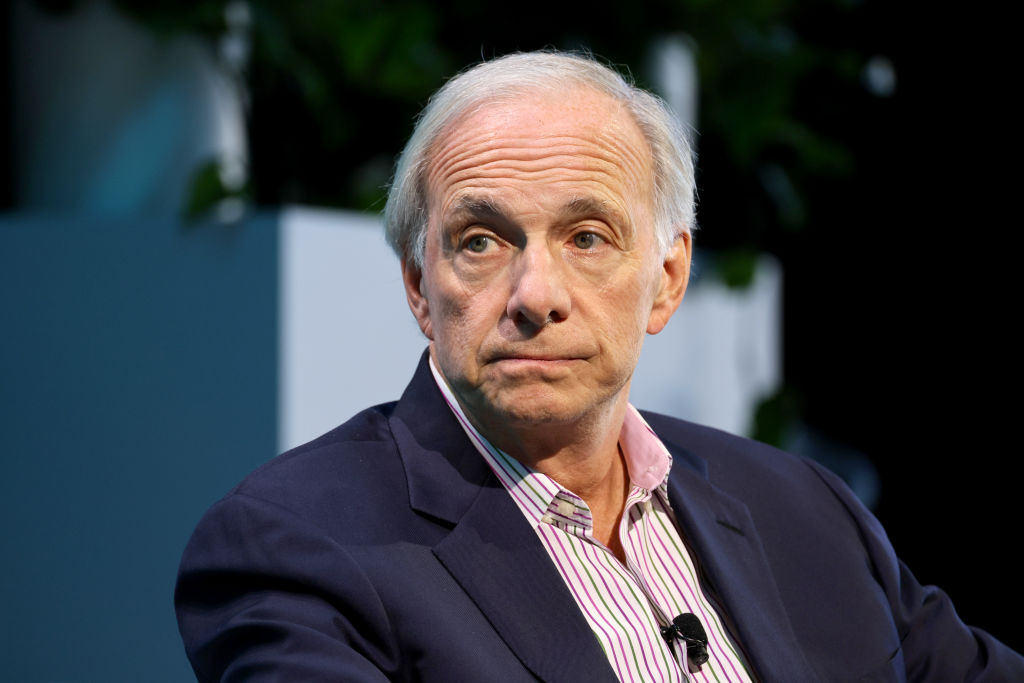Consider Short-Term Bond Funds
These funds own the kind of stuff that benefits from a healthy economy and can withstand the Fed's rate hikes.


Savers craving substantial bank and money market interest rates courtesy of the Federal Reserve are still waiting.
You might see 0.75% for six months by the second half of 2022, which I agree beats prolonged zero yields. But America's banks have more deposits than they can lend and thus need not scurry to augment their savings rates in concert with Fed rate actions.
Bank profit margins, share prices and shareholder dividends will benefit. CD yields will barely budge.

Sign up for Kiplinger’s Free E-Newsletters
Profit and prosper with the best of expert advice on investing, taxes, retirement, personal finance and more - straight to your e-mail.
Profit and prosper with the best of expert advice - straight to your e-mail.
Do not despair. The picture is brighter for fans of short-term bond mutual funds and exchange-traded funds (ETFs). Instead of being stuck with Treasury bills and puny bank rates, you can join the world of variable-rate corporate and real estate debt, taxable municipal bonds, packages of car loans and credit card bills, revolving equity credit lines, and the occasional soon-to-mature junk bond.
The durations and maturities are only two or three years, but unlike savers, lenders here have pricing power. That suggests these funds' monthly dividends will rise, pushing yields beyond the current 1% to 1.5% and trending toward 2%-plus.
What Bond Funds to Buy Now
My favorite, FPA New Income Fund (FPNIX), is closed to most new accounts. But there are fine facsimiles, exemplified by Janus Henderson Short Duration Flexible Bond Fund (JASBX, expense ratio: 0.64%, yield: 0.82%), Thornburg Limited Term Income Fund (THIFX, 0.77%, 1.07%), T. Rowe Price Short Duration Income Fund (TSDLX, 0.40%, 1.90%) and USAA Short-Term Bond Fund (USSBX, 0.54%, 1.81%).
Load funds may be available without a sales charge at some brokerages. Any, or all, of these funds are positioned better for the year ahead than a plain-vanilla money market account or Treasury-focused ultra-short fund.
Ignore how these and similar funds shed some value in the opening weeks of this year. They own the kind of stuff that benefits from a healthy economy and can withstand Fed rate hikes.
The T. Rowe Price fund holds more than 70% of its portfolio in corporate and securitized assets, such as bundled student loans and auto leases. It also owns some short-term IOUs from IHOP and Applebee's that pay 4.19% now, which will reprice upward as overall market rates rise. The eateries are in fine shape now that road trips and normal family life have widely resumed.
USAA's fund is more aggressive, holding energy and airline credit as well as a smattering of short-term loans to Mexican banks. But Mexico is not shutting down, and airlines are flying nearly full planes. This is how a fund can hold its duration below 2 (which means low sensitivity to rising interest rates) but distribute close to 2%.
Naysayers will note that in March 2020 many funds like these lost 5% of principal, negating three years of yield. But as long as consumers are in good shape to pay their debts in full and on time, and well-known businesses are solvent, the risk of loss from defaults or downgrades is nearly nil. And interest-rate gyrations allow the fund managers to take advantage of trading opportunities.
That leaves the perils of inflation and rising interest rates. If you are worried they will spiral faster and higher than we think will happen – in the spirit of the late 1970s – then stay away. I am still in the lower-for-longer rate camp, just not quite as low as before COVID – and that's a bit of good news for savers.
Get Kiplinger Today newsletter — free
Profit and prosper with the best of Kiplinger's advice on investing, taxes, retirement, personal finance and much more. Delivered daily. Enter your email in the box and click Sign Me Up.

-
 Starbucks 2025 Dress Code Changes: See the New Look
Starbucks 2025 Dress Code Changes: See the New LookThe 2025 Starbucks dress code change features a uniformed look as part of creating a more familar and friendly cafe experience.
By Sean Jackson
-
 Ray Dalio Is Ringing Alarm Bells About 'Something Worse Than a Recession'
Ray Dalio Is Ringing Alarm Bells About 'Something Worse Than a Recession'Bridgewater founder Ray Dalio has been sounding off about his concerns for the global economy as a result of tariffs and certain policies, as well as other factors.
By Alexandra Svokos
-
 CPI Report Puts the Kibosh on Rate Cuts: What the Experts Are Saying About Inflation
CPI Report Puts the Kibosh on Rate Cuts: What the Experts Are Saying About InflationCPI Consumer price inflation reared its ugly head to start the year, dashing hopes for the Fed to lower borrowing costs anytime soon.
By Dan Burrows
-
 Fed Leaves Rates Unchanged: What the Experts Are Saying
Fed Leaves Rates Unchanged: What the Experts Are SayingFederal Reserve As widely expected, the Federal Open Market Committee took a 'wait-and-see' approach toward borrowing costs.
By Dan Burrows
-
 CPI Report Keeps the Fed on Track: What the Experts Are Saying About Inflation
CPI Report Keeps the Fed on Track: What the Experts Are Saying About InflationCPI Disinflation in key areas of consumer prices should help the Federal Reserve stick to its policy path of gradual cuts to interest rates.
By Dan Burrows
-
 Blowout December Jobs Report Puts Rate Cuts on Ice: What the Experts Are Saying
Blowout December Jobs Report Puts Rate Cuts on Ice: What the Experts Are SayingJobs Report The strongest surge in hiring since March keeps the Fed on hold for now.
By Dan Burrows
-
 Fed Sees Fewer Rate Cuts in 2025: What the Experts Are Saying
Fed Sees Fewer Rate Cuts in 2025: What the Experts Are SayingFederal Reserve The Federal Reserve cut interest rates as expected, but the future path of borrowing costs became more opaque.
By Dan Burrows
-
 CPI Report Casts Doubt on Rate Cuts in 2025: What the Experts Are Saying About Inflation
CPI Report Casts Doubt on Rate Cuts in 2025: What the Experts Are Saying About InflationCPI November Consumer Price Index data sealed the deal for a December rate cut, but the outlook for next year is less certain.
By Dan Burrows
-
 Rebound in Jobs Growth Keeps Fed on Track: What the Experts Are Saying
Rebound in Jobs Growth Keeps Fed on Track: What the Experts Are SayingJobs Report No nasty surprises in the November payrolls data leaves a quarter-point cut in play.
By Dan Burrows
-
 October CPI Report Hits the Mark: What the Experts Are Saying About Inflation
October CPI Report Hits the Mark: What the Experts Are Saying About InflationCPI While the current pace of rising prices appears to have leveled off, the expected path of rate cuts has become less certain.
By Dan Burrows